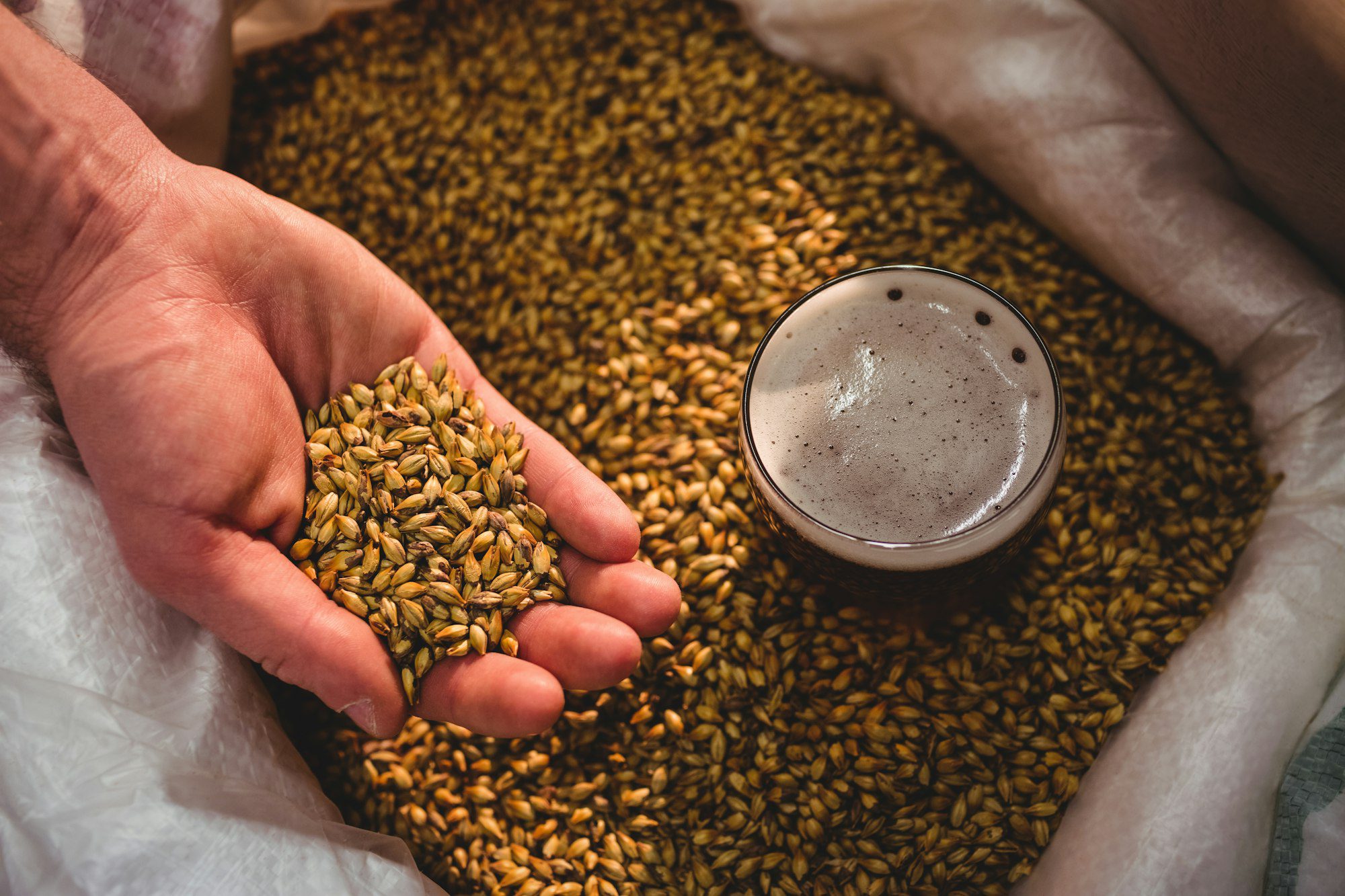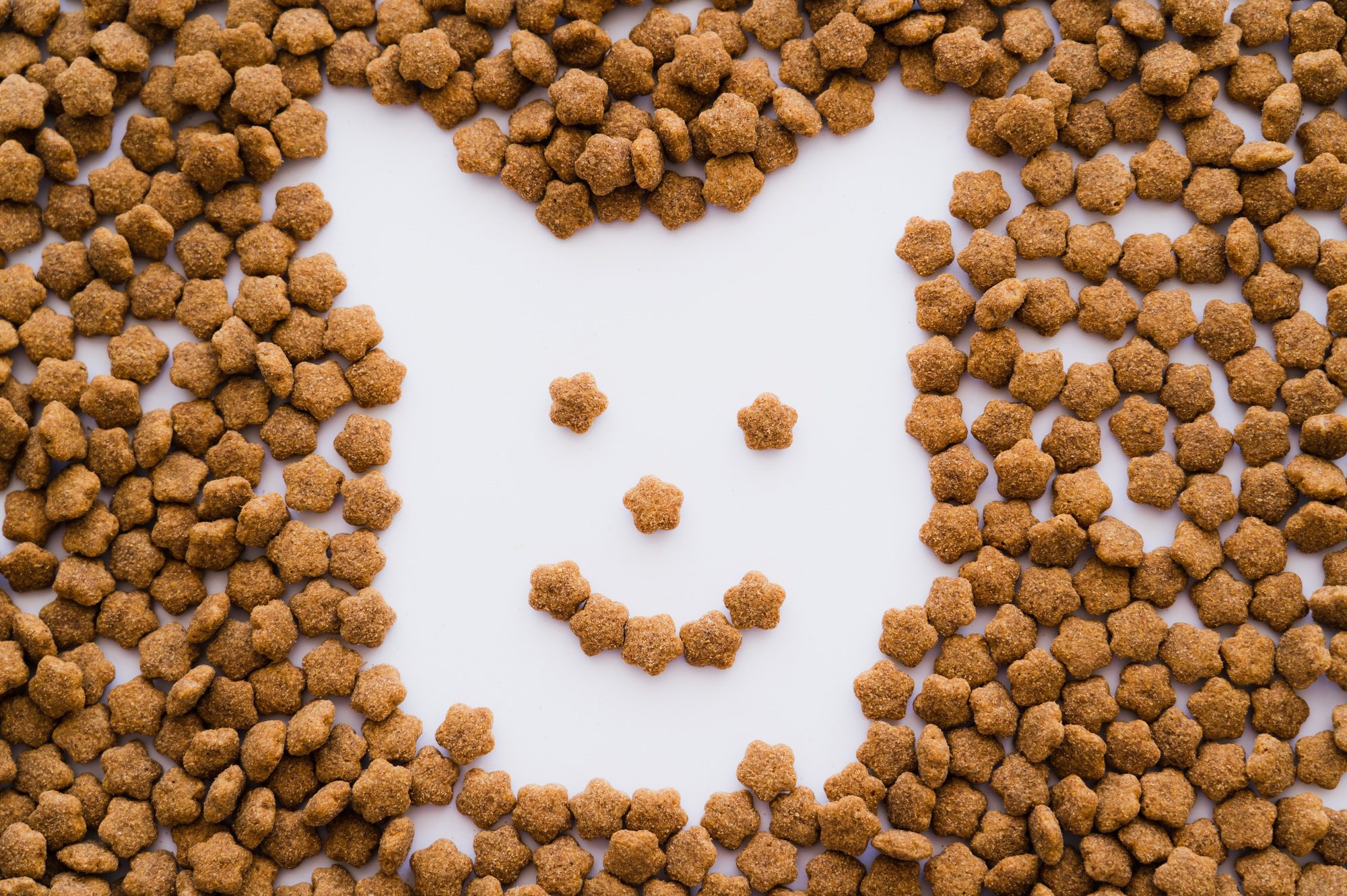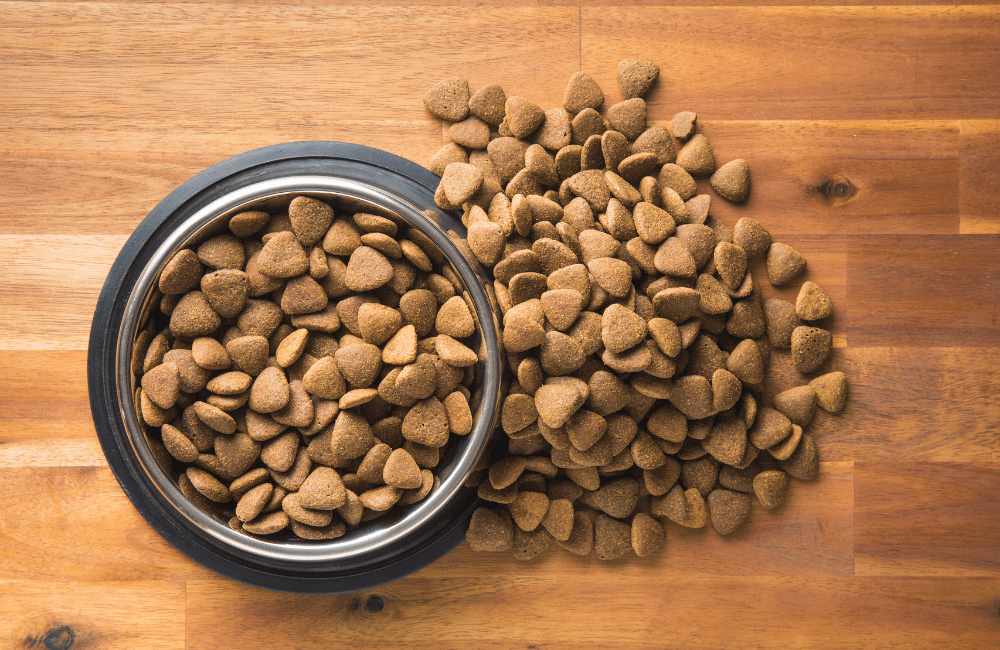Pet Food Palatants
In the ever-evolving pet food industry, palatants—the components that enhance the taste, smell, and overall appeal of pet food—play a crucial role in determining a pet’s preference and, in turn, pet owner loyalty. With pet parents demanding increasingly sophisticated and high-quality food options for their furry companions, the palatants market is undergoing notable changes driven by ingredient innovations and shifting consumer preferences. This blog dives deep into the trends shaping the pet food palatants market today, highlighting the growing demands of pet owners, new ingredients in the palatants space, and emerging regulatory considerations.
Visit profypet.com for more on palatability enhancers and quality pet food solutions.
1. Growing Demand for Natural and Organic Palatants
Pet owners are looking for healthier, cleaner, and more natural options for their pets. This is part of a larger trend towards clean-label ingredients, which has driven palatant manufacturers to focus on sourcing organic, non-GMO, and minimally processed ingredients. Natural palatants, such as those derived from chicken, beef, or fish, are especially popular, as they not only enhance the taste but also align with pet owners’ demand for wholesome ingredients.
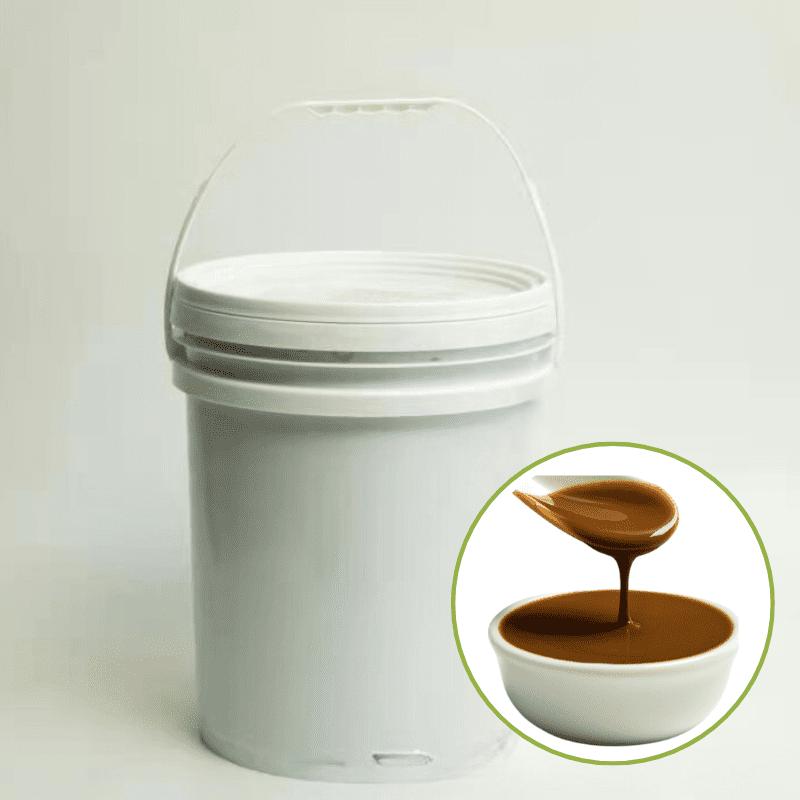
Key Insights:
- A recent study revealed that over 60% of pet owners prefer natural ingredients in their pets’ food.
- Organic ingredients are seeing a 25% increase in the palatants market, according to recent market research, reflecting an alignment with human food trends.
2. Functional Palatants: Health Benefits Beyond Taste
Pet owners are now actively seeking foods that not only satisfy their pets’ taste buds but also contribute to their overall well-being. This has led to an increase in demand for functional palatants that offer additional health benefits, such as supporting digestion, skin and coat health, and immune function. Some examples include palatants enriched with probiotics for digestive support, antioxidants for immune health, and omega-3 fatty acids for a shiny coat.
Examples of Functional Ingredients:
- Probiotics: Help improve digestive health, which is especially beneficial for pets with sensitive stomachs.
- Omega-3 and Omega-6 Fatty Acids: Beneficial for skin and coat health, commonly derived from fish oils or algae sources.
- Antioxidants: Support immune health and are often derived from natural sources like berries or rosemary extract.

3. The Rise of Sustainable and Ethical Sourcing
Sustainability is becoming a significant factor in the pet food palatants market. Both consumers and manufacturers are seeking environmentally friendly and ethically sourced ingredients, driven by concerns about overfishing, deforestation, and climate change. Sustainable practices not only appeal to eco-conscious consumers but also align brands with global environmental goals. Palatant manufacturers are innovating with plant-based proteins, upcycled ingredients, and responsibly sourced meats to meet these demands.
Notable Trends:
- Palatants from upcycled animal by-products reduce waste and improve sustainability.
- Plant-based palatants are growing at a rapid rate, driven by both environmental benefits and a shift in dietary preferences for some pet owners who may follow vegetarian or vegan lifestyles.

4. Enhanced Food Safety and Regulatory Compliance
With the increasing scrutiny on pet food safety, regulatory compliance has become a cornerstone in palatant manufacturing. The demand for transparency and assurance of safety has led manufacturers to adopt rigorous quality control measures and seek certifications such as FSSC 22000 and BRC.
Key Areas of Compliance:
- Heavy Metals and Chemical Residue Testing: Ensuring palatants are free from harmful chemicals is a primary focus.
- Clean Labeling and Transparency: Compliance with regulatory bodies like AAFCO and FDA is crucial to meet consumer expectations around ingredient safety.

5. Tailored Palatants for Specific Pet Types and Ages
As pet owners seek more personalized nutrition for their pets, palatants tailored to specific life stages, breeds, and even personality traits are becoming popular. For instance, palatants formulated for senior pets often include flavors that are easy to chew and digest, while those for younger pets focus on supporting growth with high protein content.
Insights into Life Stage-Specific Palatants:
- Senior Pets: Softer and more flavorful options that encourage eating in pets with reduced appetites.
- Puppies and Kittens: High-protein palatants that meet the nutritional needs of growing animals.
6. Flavor Innovations and Multisensory Appeal
The palatants market is constantly innovating with new flavors, inspired by diverse and novel ingredients to appeal to pet owners’ growing interest in variety. Manufacturers are blending different aromas and tastes to create a unique experience for pets, which also helps to maintain pets’ interest in their diet, reducing food fatigue. Popular flavor profiles are also emerging, with flavors inspired by human culinary trends like smoked flavors, regional spices, and herb-infused ingredients.
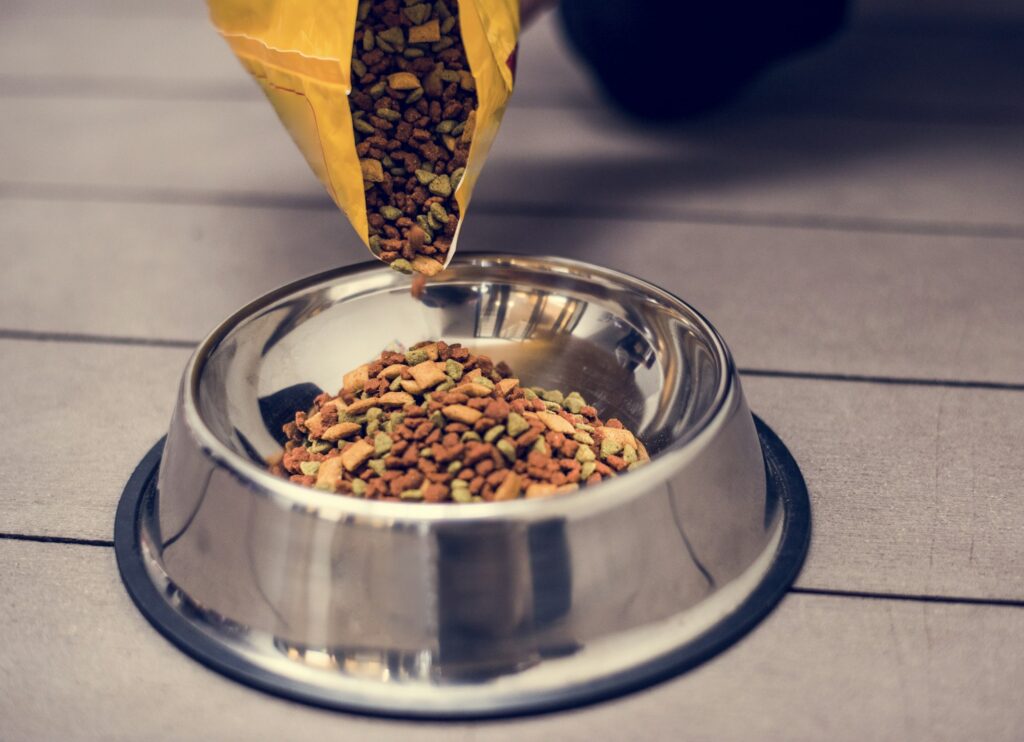
Examples of Emerging Flavors:
- Smoky and Barbecue-Inspired Palatants: Often made from real smoke flavors or spices that mimic barbecued meats.
- Herb-Based Palatants: Infusions of basil, parsley, and rosemary are becoming increasingly popular, offering freshness and appeal.
7. Technological Advancements in Palatant Production
Advances in technology are improving the production process for palatants, allowing for better control over taste, aroma, and nutritional profile. For example, extrusion technology enables the creation of palatants with enhanced flavor profiles while preserving nutritional integrity. Microencapsulation, on the other hand, helps in the controlled release of flavors, ensuring freshness and sustained taste over time.
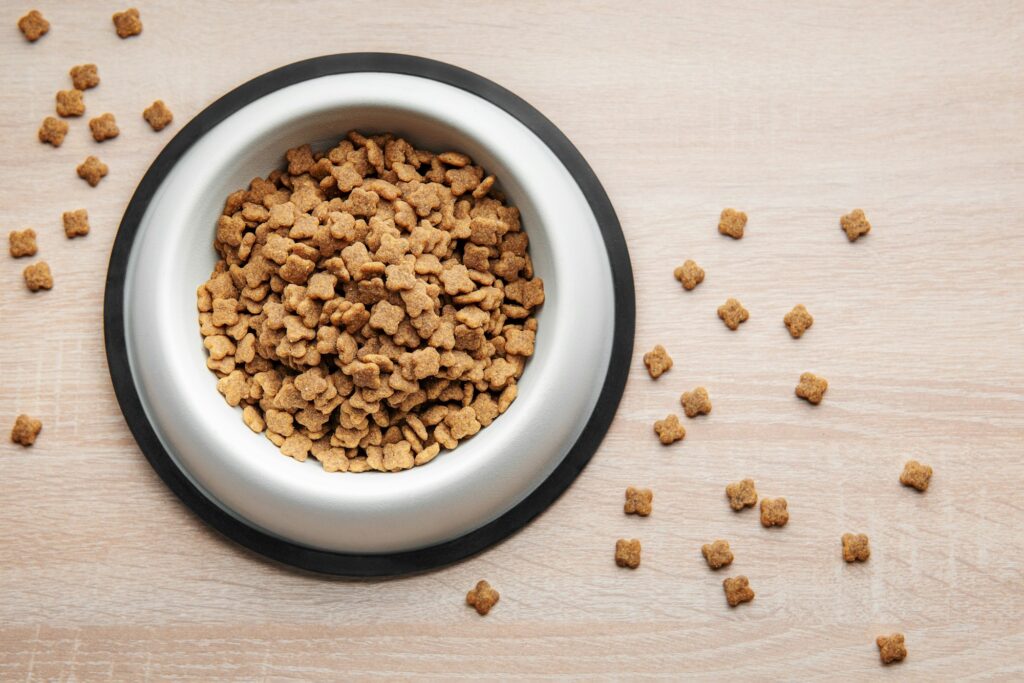
Impact of Technology on Palatants:
- Extrusion Technology: Offers precise control over texture, taste, and moisture, improving consistency.
- Microencapsulation: Ensures flavors remain potent throughout the shelf life, enhancing appeal over time.
Conclusion: A Dynamic Future for Pet Food Palatants
As pet owners increasingly prioritize their pets’ well-being and demand higher quality and more tailored nutrition options, the palatants market is evolving rapidly. From natural and organic ingredients to sustainable practices and functional enhancements, the latest trends indicate a more sophisticated and health-focused future for pet food palatants. Manufacturers are meeting these trends with innovation, ensuring pets receive meals that are not only delicious but also beneficial to their health.
For more insights on palatants and how they can improve pet food appeal, visit ProfyPet’s website to explore our commitment to high-quality, palatability-enhancing solutions.

